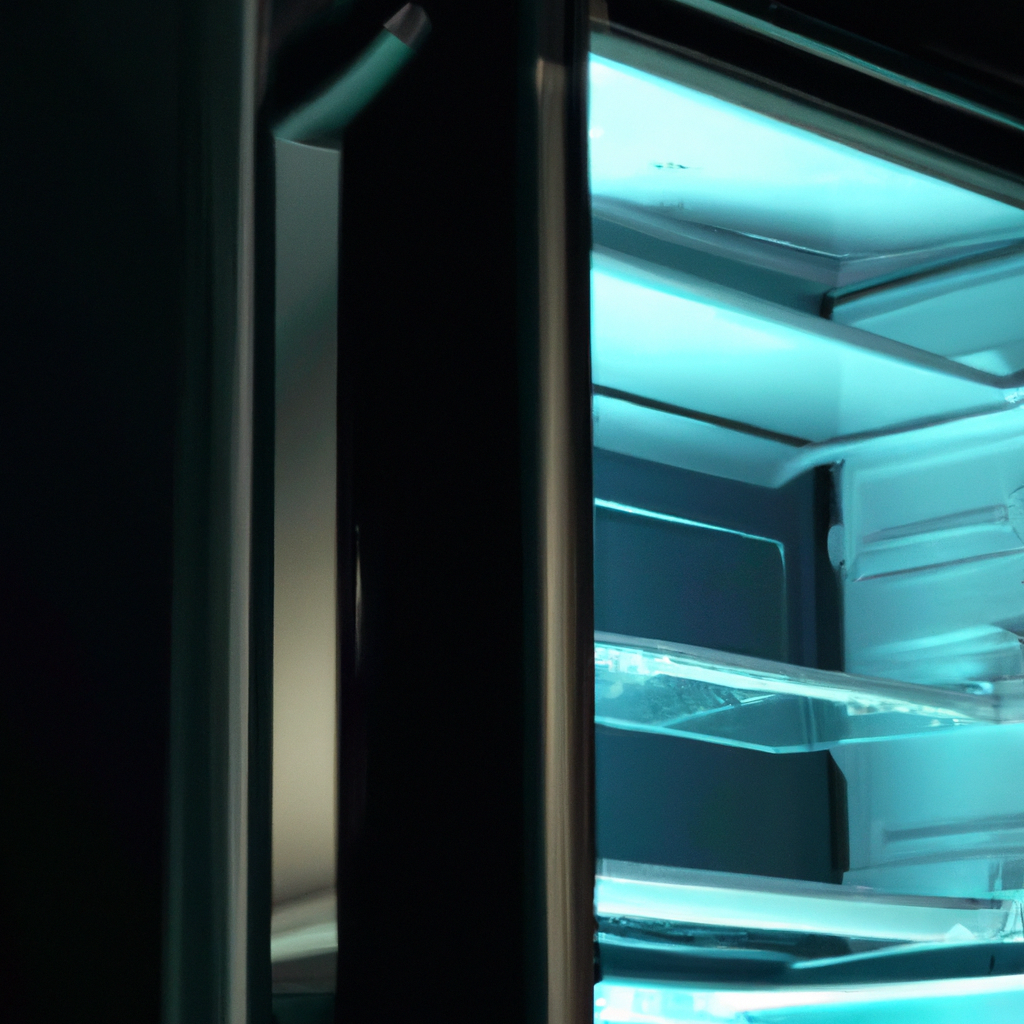When it comes to modern appliances, few are as essential as the refrigerator. This kitchen staple has become an integral part of our daily lives, keeping our food fresh and our drinks cold. But have you ever stopped to think about how a refrigerator actually works? In this article, we’ll take a closer look at the inner workings of this cooling system and explore the thermodynamics and heat transfer that make it all possible.
The Basic Components of a Refrigerator
Before we dive into the science behind how a refrigerator works, let’s start with a quick overview of its basic components. At its core, a refrigerator consists of four main parts:
– Compressor: This is the heart of the cooling system, responsible for compressing the refrigerant gas and pumping it through the system.
– Evaporator: This is where the refrigerant gas expands and cools down, absorbing heat from the surrounding air.
– Condenser: This is where the refrigerant gas is condensed back into a liquid form, releasing the heat it absorbed in the process.
– Refrigerant: This is the substance that circulates through the system, absorbing and releasing heat as it goes.
How Does a Refrigerator Work?
Now that we know the components of a refrigerator, let’s take a closer look at how they work together to keep our food cold. The process can be broken down into four main stages:
1. Compression
The first stage of the refrigeration process begins with the compressor. This vital component is responsible for compressing the refrigerant gas, which increases its temperature and pressure. As the gas passes through the compressor, it becomes hotter and denser, ready for the next stage.
2. Expansion
Next up is the evaporator. This component is typically located inside the refrigerator, where it can absorb heat from the surrounding air. The compressed refrigerant gas enters the evaporator, where it expands rapidly. This causes the gas to cool down significantly, absorbing heat from the air inside the refrigerator. As the refrigerant gas cools, it changes from a gas to a liquid.
3. Condensation
Once the refrigerant gas has absorbed heat from the air inside the refrigerator and become a liquid, it moves on to the condenser. This component is typically located on the back or bottom of the refrigerator, where it can release the heat that has been absorbed. As the refrigerant liquid passes through the condenser, it releases heat into the surrounding air and returns to a gas state.
4. Refrigeration Cycle
Finally, the refrigerant gas returns to the compressor, where the cycle begins again. This continuous process of compression, expansion, and condensation is what allows a refrigerator to maintain a cool temperature inside, even when the ambient temperature outside is much warmer.
The Science Behind Refrigeration
So, how does all of this work from a scientific perspective? The answer lies in the laws of thermodynamics and heat transfer. These principles govern how energy is transferred from one object to another, which is exactly what happens inside a refrigerator.
Specifically, the refrigeration process relies on the fact that heat always flows from hot objects to cold objects. By compressing and expanding the refrigerant gas, a refrigerator is able to create a temperature gradient that allows heat to flow out of the interior and into the surrounding air.
Additionally, the refrigeration process relies on the fact that changing the pressure of a gas can cause its temperature to change as well. By compressing the refrigerant gas, a refrigerator is able to increase its temperature, which allows it to absorb heat more effectively when it enters the evaporator. When the refrigerant gas expands again, its temperature drops, which allows it to release heat into the surrounding air as it passes through the condenser.
Conclusion
In conclusion, a refrigerator is a complex appliance that relies on a combination of thermodynamics and heat transfer to keep our food fresh and our drinks cold. By compressing and expanding refrigerant gas, a refrigerator creates a temperature gradient that allows heat to flow out of the interior and into the surrounding air. While it may seem like magic, the science behind refrigeration is actually quite straightforward. With a basic understanding of the inner workings of a refrigerator, you can appreciate just how amazing this modern appliance really is.







